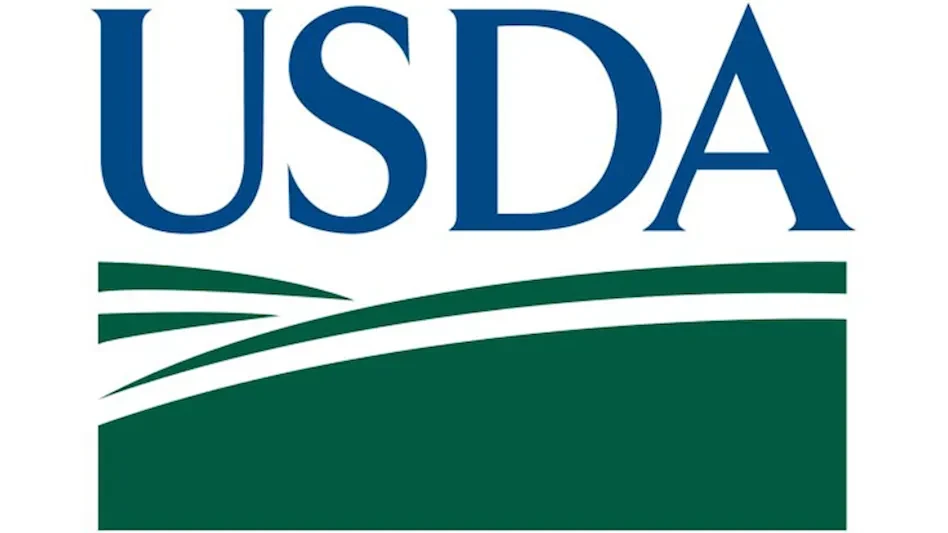One key competitive advantage of any food manufacturer is to be able to keep up with the latest trends, whether those are consumer driven or industry driven. A trend typically means a relatively quick change in the way a company is doing business or making product. And, given that change management is one of the toughest things to do well, trends pose a risk to business success, including product quality and safety.
No trend sets out to impede food safety, and many set out to improve it. However, there are examples of trends having a negative impact on food safety when not managed properly.
One of the biggest trends in the food industry today is the focus on GFSI-benchmarked audit schemes for verification of food safety programs. These audits not only look for strong implementation of food safety programs, but also for the implementation of a quality system to manage these programs. The intent is great. However, some in the industry have interpreted this as a change of focus from practices to paperwork. The consequences have been a loss of focus on the Good Manufacturing Practices (GMPs), with poor conditions and poor practices increasing in food processing environments. Organizations that have been successful in embracing the GFSI trend and retaining a strong emphasis on maintaining a sanitary environment typically supplement the benchmarked audits with an inspection-focused verification evaluation, either through an internal function or a third-party audit firm.
 Other trends are consumer related, such as a desire for foods that meet personal requirements (e.g., organic, local, or low sodium). If managed well, these trends do not create food safety problems. But when they are mismanaged, the safety of the product can be at risk. For example, organic foods are made with reduced use of pesticides, sanitizers, and irradiation. If replacement mitigation strategies are not put in place to address the microbial concerns previously addressed with these chemicals and technologies, there is a risk of premature spoilage and/or foodborne illness for consumers. Requirements for low-sodium foods are increasing with an emphasis on health. However, decreasing sodium in formulations may increase water activity, which has traditionally been a barrier for pathogen growth. Removing this barrier means that alternative pathogen control strategies must be implemented.
Other trends are consumer related, such as a desire for foods that meet personal requirements (e.g., organic, local, or low sodium). If managed well, these trends do not create food safety problems. But when they are mismanaged, the safety of the product can be at risk. For example, organic foods are made with reduced use of pesticides, sanitizers, and irradiation. If replacement mitigation strategies are not put in place to address the microbial concerns previously addressed with these chemicals and technologies, there is a risk of premature spoilage and/or foodborne illness for consumers. Requirements for low-sodium foods are increasing with an emphasis on health. However, decreasing sodium in formulations may increase water activity, which has traditionally been a barrier for pathogen growth. Removing this barrier means that alternative pathogen control strategies must be implemented.
Another trend in the food industry is a movement toward local foods. There is much value from an economic standpoint placed on local foods. Yet, when only sourced locally, the pool of potential suppliers is greatly reduced. This means that the supplier with the most robust food safety program may not be selected, since proximity may take priority over food safety.
Whenever a change is happening in your facility, ask “What impact might this change have on food safety?” When asking this question, ensure you have a multidisciplinary team involved in determining the answer. Keeping up with trends can be a significant business advantage; handle it wisely so that it doesn’t put consumers or your reputation at risk.
The author is Vice President of Food Safety Education, AIB International.
Latest from Quality Assurance & Food Safety
- Insects Limited Announces Leadership Changes, Promotions for Continued Growth
- ReposiTrak Welcomes 50 New Produce Suppliers to Food Traceability Network
- First Bird Flu Death Reported in United States
- FDA Issues Final Guidance on Action Levels for Lead in Processed Food Intended for Babies, Young Children
- Penn State Offers Course to Assist Food Processors in Controlling Listeria
- Tanzania Embraces One Health Approach to Enhance Food Safety and Trade
- FDA Releases Allergen, Food Safety and Plant-Based Alternative Labeling Guidance
- Bird Flu Suspected in Some Ohio Waterfowl





